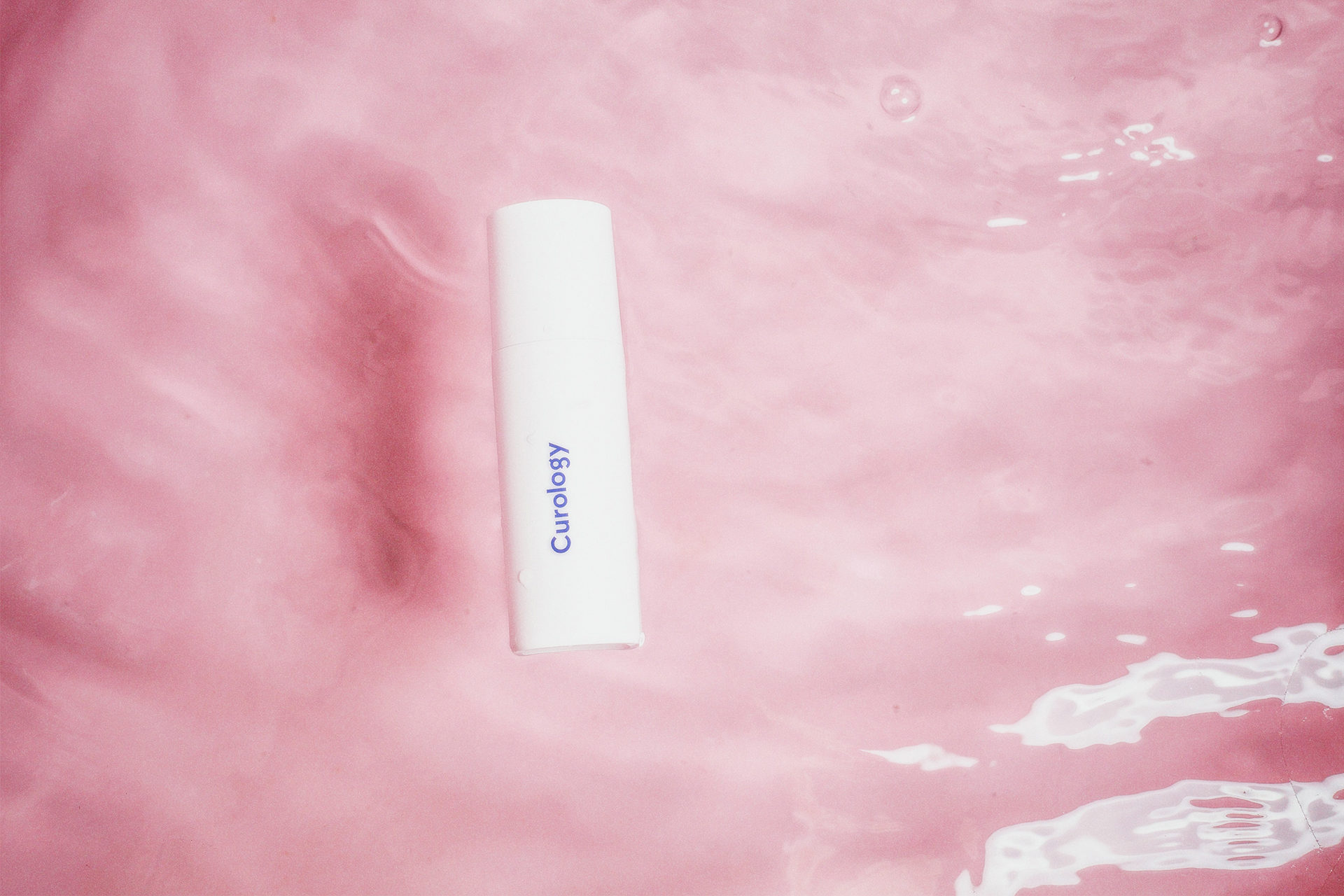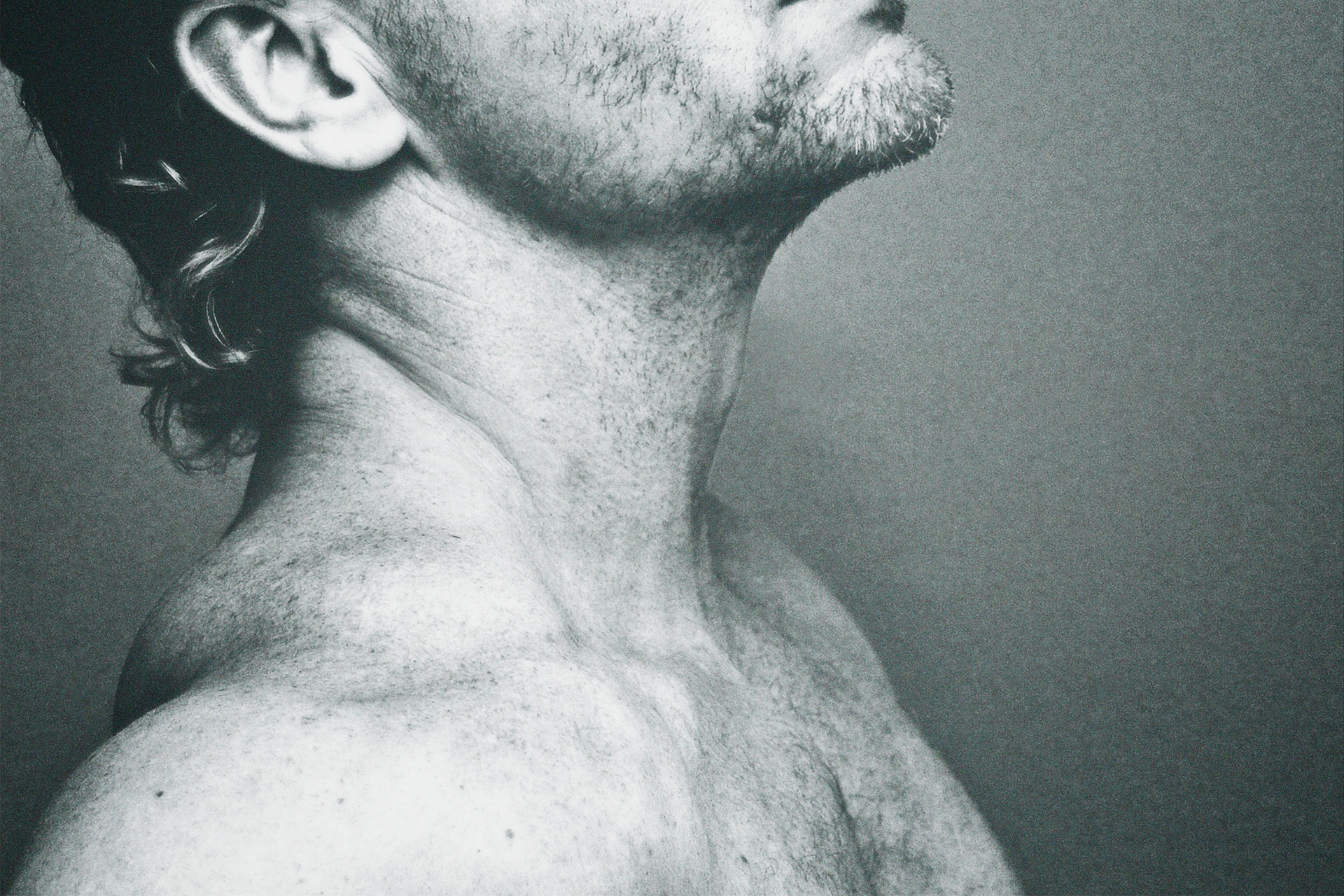Botox, a popular cosmetic treatment derived from the botulinum toxin, has been widely used to reduce wrinkles and fine lines, giving a more youthful appearance. In recent years, a technique known as “microdosing” or “Baby Botox” has gained popularity for its subtle, natural-looking results. This article will explore the benefits, procedure, recovery, and potential risks associated with microdosing with Botox, providing a comprehensive guide for those considering this treatment.
Understanding Botox
Botox works by temporarily paralyzing the muscles responsible for causing wrinkles. By blocking the nerve signals to these muscles, Botox smooths out the skin and reduces the appearance of dynamic wrinkles, which form due to repetitive muscle movements. Traditional Botox treatments often target areas such as the forehead, crow’s feet, and frown lines between the eyebrows.
What is Microdosing with Botox?
Microdosing with Botox, also known as “Baby Botox,” involves using smaller amounts of Botox injected at more precise locations to achieve a subtle and natural-looking result. This technique aims to enhance the appearance without the “frozen” look that can sometimes result from traditional Botox treatments. Microdosing is ideal for individuals seeking mild to moderate improvement in their facial appearance or for those looking to prevent the early signs of aging.
Benefits of Microdosing with Botox
Microdosing with Botox offers several benefits:
Natural-Looking Results
One of the primary benefits of microdosing is the ability to achieve natural-looking results. By using smaller amounts of Botox, the facial muscles are not completely immobilized, allowing for natural expressions and movements.
Subtle Enhancements
Microdosing provides subtle enhancements that can be particularly appealing to younger individuals or those looking for a more conservative approach to wrinkle reduction. It can also be an excellent option for first-time Botox users.
Preventative Treatment
Microdosing can serve as a preventative measure, helping to delay the onset of deeper wrinkles and fine lines. By addressing early signs of aging, this technique can maintain a youthful appearance for longer.
Minimal Downtime
Microdosing involves less product and fewer injections, resulting in minimal downtime and reduced risk of side effects. Patients can typically return to their normal activities immediately after the procedure.
The Microdosing Botox Procedure
Understanding the details of the microdosing Botox procedure can help prospective patients prepare for what to expect and ensure a smoother treatment experience.
Pre-Treatment Consultation
Before undergoing microdosing with Botox, patients will have a consultation with a qualified healthcare provider. During this consultation, the provider will assess the patient’s skin, discuss their goals and expectations, and determine if microdosing is the appropriate treatment. The provider will also review the patient’s medical history and any medications they are taking.
The Procedure
On the day of the procedure, the treatment area is cleansed, and a topical anesthetic may be applied to minimize discomfort. The provider uses a fine needle to inject small amounts of Botox into the targeted areas. The precise injection points and amount of Botox used will depend on the patient’s individual needs and desired outcome.
The procedure typically takes about 15 to 30 minutes, depending on the number of areas being treated. Patients may feel a slight pinch or sting during the injections, but the discomfort is generally minimal.
Recovery and Aftercare
Recovery from microdosing with Botox involves minimal downtime and specific aftercare instructions to ensure optimal results.
Immediate Post-Treatment Care
Immediately following the procedure, patients may experience mild redness, swelling, or bruising at the injection sites. These symptoms are usually temporary and resolve within a few hours to a few days. It is important to avoid rubbing or massaging the treated areas to prevent the spread of Botox to unintended muscles.
At-Home Care
Patients should follow their provider’s aftercare instructions closely, which may include:
- Avoiding strenuous activities and exercise for 24 hours after the treatment.
- Keeping the head elevated and avoiding lying down for at least four hours post-treatment.
- Refraining from consuming alcohol or taking blood-thinning medications for a few days to minimize the risk of bruising.
Results
The initial effects of Botox microdosing typically become noticeable within three to five days, with full results visible within two weeks. The results generally last for three to four months, after which patients may choose to undergo maintenance treatments to preserve their youthful appearance.
Potential Risks and Complications
While microdosing with Botox is generally safe, it does carry some potential risks and complications:
Bruising and Swelling
Mild bruising and swelling at the injection sites are common side effects and usually resolve quickly.
Asymmetry
There is a risk of asymmetry if the Botox is not evenly distributed. Choosing a skilled and experienced provider can help minimize this risk.
Drooping
In rare cases, Botox can cause drooping of the eyelids or eyebrows if it spreads to nearby muscles. This side effect is usually temporary and resolves on its own.
Allergic Reactions
Although rare, some individuals may experience an allergic reaction to Botox. Symptoms may include itching, rash, or difficulty breathing. Patients should seek immediate medical attention if they experience any signs of an allergic reaction.
Combining Microdosing with Other Treatments
For comprehensive facial rejuvenation results, microdosing with Botox can be combined with other cosmetic treatments. Common combinations include:
Dermal Fillers
Combining Botox microdosing with dermal fillers can address both dynamic and static wrinkles, providing a more complete facial rejuvenation. Fillers can add volume and smooth deeper lines and wrinkles.
Chemical Peels
Chemical peels can improve skin texture and tone by exfoliating the outer layer of the skin. Combining a peel with Botox can enhance overall skin appearance and reduce fine lines.
Microneedling
Microneedling stimulates collagen production and can improve the overall texture and firmness of the skin. When combined with Botox, it can enhance the rejuvenation effects and provide a smoother, more youthful complexion.
Conclusion
Microdosing with Botox is a highly effective and subtle approach to facial rejuvenation, offering natural-looking results with minimal downtime. By using smaller amounts of Botox injected at precise locations, this technique provides subtle enhancements and can serve as a preventative measure against the early signs of aging. Understanding the benefits, procedure, recovery process, and potential risks can help individuals make informed decisions and take proactive steps towards achieving their desired outcomes. Consulting with a qualified healthcare provider is the first step towards exploring this treatment option and achieving a more youthful and refreshed appearance. Whether used alone or in combination with other treatments, the results of Botox microdosing can provide lasting improvements and enhanced self-confidence.


